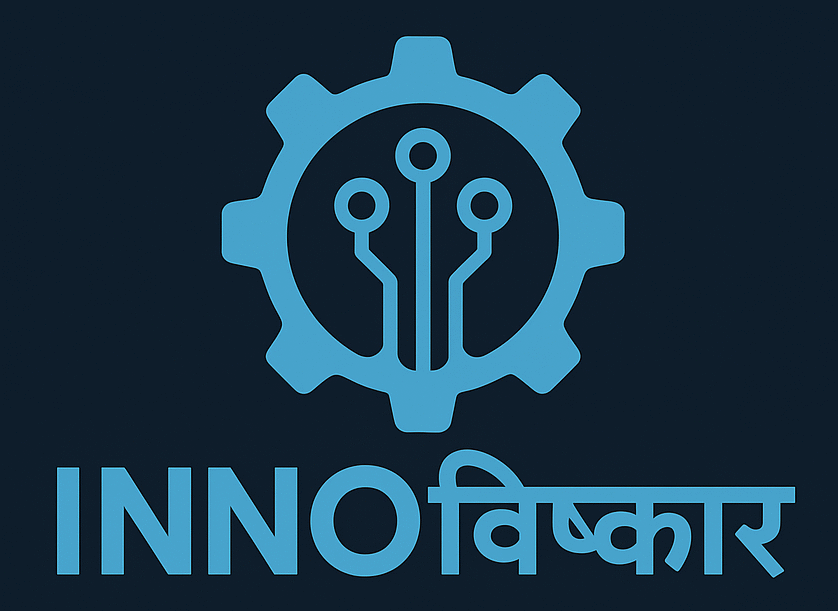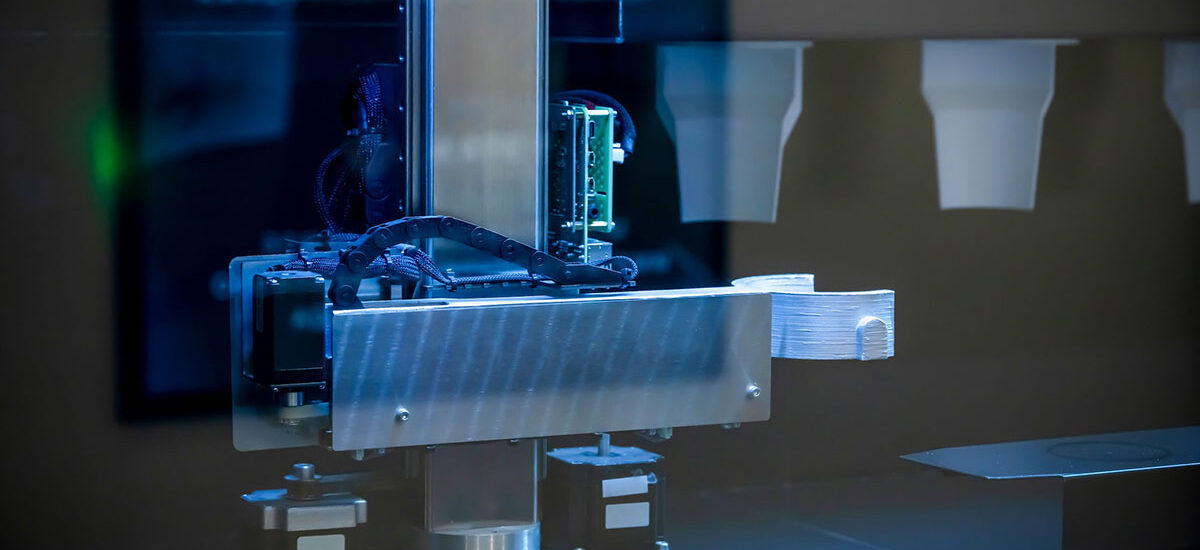As industries grow and urbanization spreads, pollution has become one of the most pressing challenges of our time. To combat this crisis, Pollution Control Devices (PCDs) play a vital role in minimizing the environmental footprint of industrial and commercial activities. These technologies not only help meet regulatory standards but also pave the way for a greener, more sustainable future.
🔹 What Are Pollution Control Devices?
Pollution Control Devices are engineering systems designed to reduce or eliminate the release of harmful pollutants into the air, water, and soil. They work by capturing, filtering, or neutralizing contaminants generated during industrial processes.
Whether it’s toxic gases from factories, particulate emissions from power plants, or chemical waste from laboratories—PCDs provide the frontline defense against environmental degradation.
🔹 Types of Pollution Control Devices
🌀 1. Air Pollution Control Devices
- Electrostatic Precipitators (ESPs): Use electric charges to remove fine particles like dust and smoke from flue gases.
- Scrubbers: Spray a liquid (usually water or chemicals) into a gas stream to remove harmful gases like SO₂ and NOx.
- Baghouse Filters: Trap particulate matter using large fabric filters—commonly used in cement and steel plants.
- Cyclonic Separators: Use centrifugal force to remove larger dust particles from industrial exhaust.
💧 2. Water Pollution Control Devices
- Effluent Treatment Plants (ETPs): Treat wastewater from factories using chemical, physical, and biological methods.
- Sewage Treatment Plants (STPs): Remove harmful substances from domestic sewage before releasing it into water bodies.
- Oil-Water Separators: Remove oils and hydrocarbons from wastewater in garages, workshops, and manufacturing units.
🧪 3. Chemical & Hazardous Waste Treatment
- Activated Carbon Filters: Adsorb harmful VOCs (Volatile Organic Compounds) and odors from gases and liquids.
- Neutralization Systems: Control pH and neutralize acidic or alkaline industrial waste before discharge.
- Incinerators: Burn hazardous waste at high temperatures, reducing it to ash and gas.
🔹 Benefits of Pollution Control Devices
- ✅ Compliance with Environmental Laws
Avoid fines, shutdowns, and legal issues by meeting national and global emission standards. - ✅ Health & Safety
Cleaner air and water reduce the risk of respiratory diseases, cancer, and other health conditions for workers and communities. - ✅ Improved Efficiency
Recover reusable materials from waste, reduce system corrosion, and extend the life of machinery. - ✅ Environmental Responsibility
Position your company as a green, eco-conscious brand that prioritizes sustainability and future generations. - ✅ Carbon Footprint Reduction
Reduce emissions that contribute to global warming and climate change.
🔹 Who Needs Pollution Control Devices?
Pollution control is essential for industries such as:
- Cement & Steel Plants
- Chemical & Pharmaceutical Companies
- Textile & Paper Mills
- Power Generation Stations
- Automotive Workshops
- Electronics Manufacturing
- Food Processing Units
Even small businesses generating fumes, waste liquids, or dust may need compact PCD solutions to stay compliant.
🔹 The Role of Innoviskaar in Pollution Control
At Innoviskaar, we engineer and deploy smart pollution control solutions tailored for modern industries. Our devices are designed with:
- IoT-enabled monitoring for real-time emission tracking
- AI-based optimization for performance tuning
- Compact, modular designs for space-constrained environments
- Energy-efficient systems to reduce operational costs
We believe clean technology is not just a regulatory need—it’s a responsibility.
🔹 Future of Pollution Control: Smart & Sustainable
- 🌍 Real-Time Analytics: Using AI and IoT to track emissions and automate compliance.
- 🧠 Predictive Maintenance: Prevent equipment failure and reduce downtime with data-driven insights.
- 🌿 Green Materials: Developing bio-based filters and reusable absorbents.
- 🔋 Energy Recovery: Capturing waste heat or gas and converting it into usable energy.
✅ Conclusion
Pollution control devices are no longer optional—they are essential for protecting public health, meeting environmental norms, and building a sustainable industrial future. With innovations in smart sensors, automation, and eco-friendly materials, today’s systems are more effective, affordable, and scalable than ever before.
As we move forward, businesses that invest in pollution control today are investing in a cleaner, safer, and smarter tomorrow.


